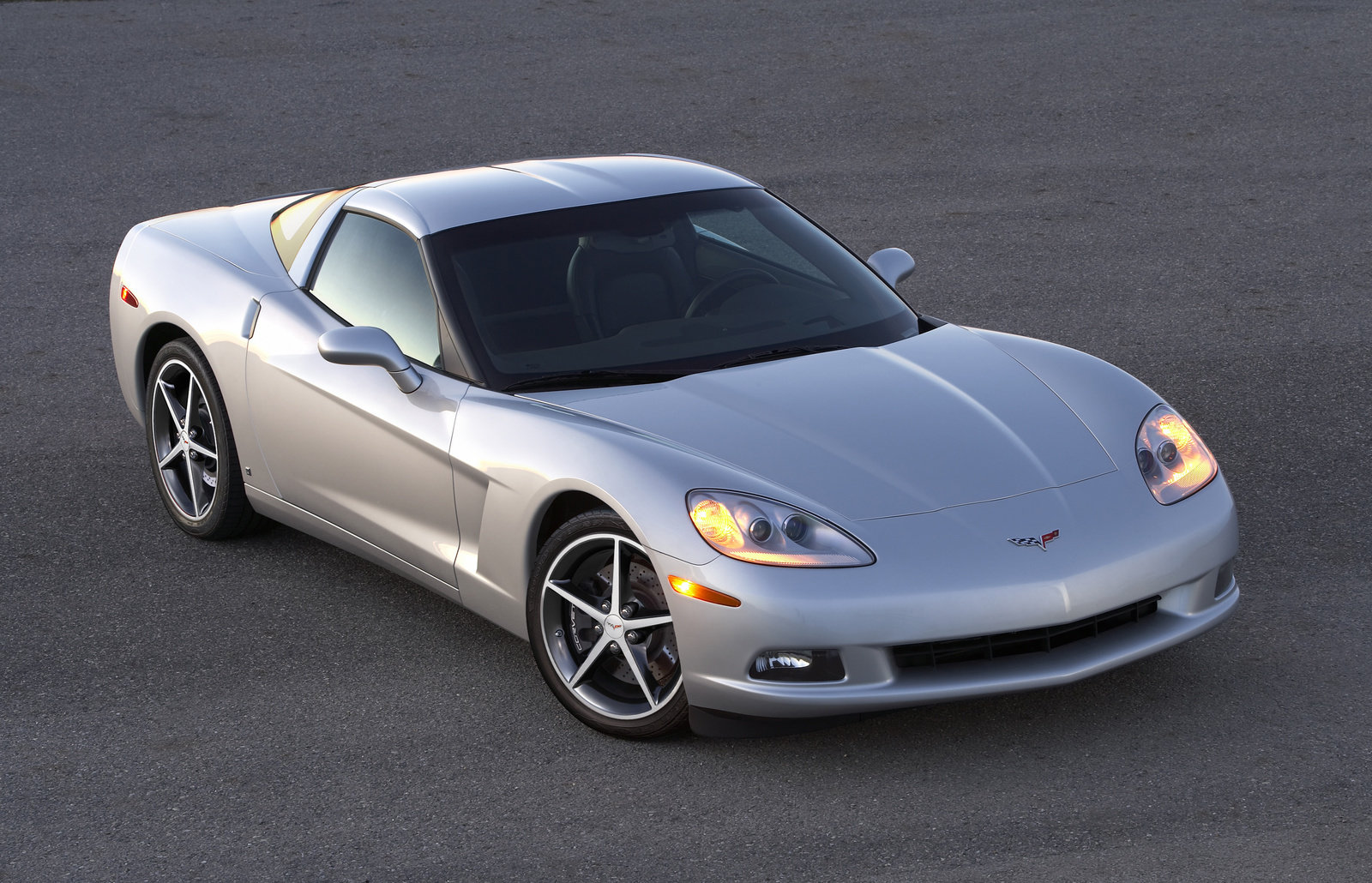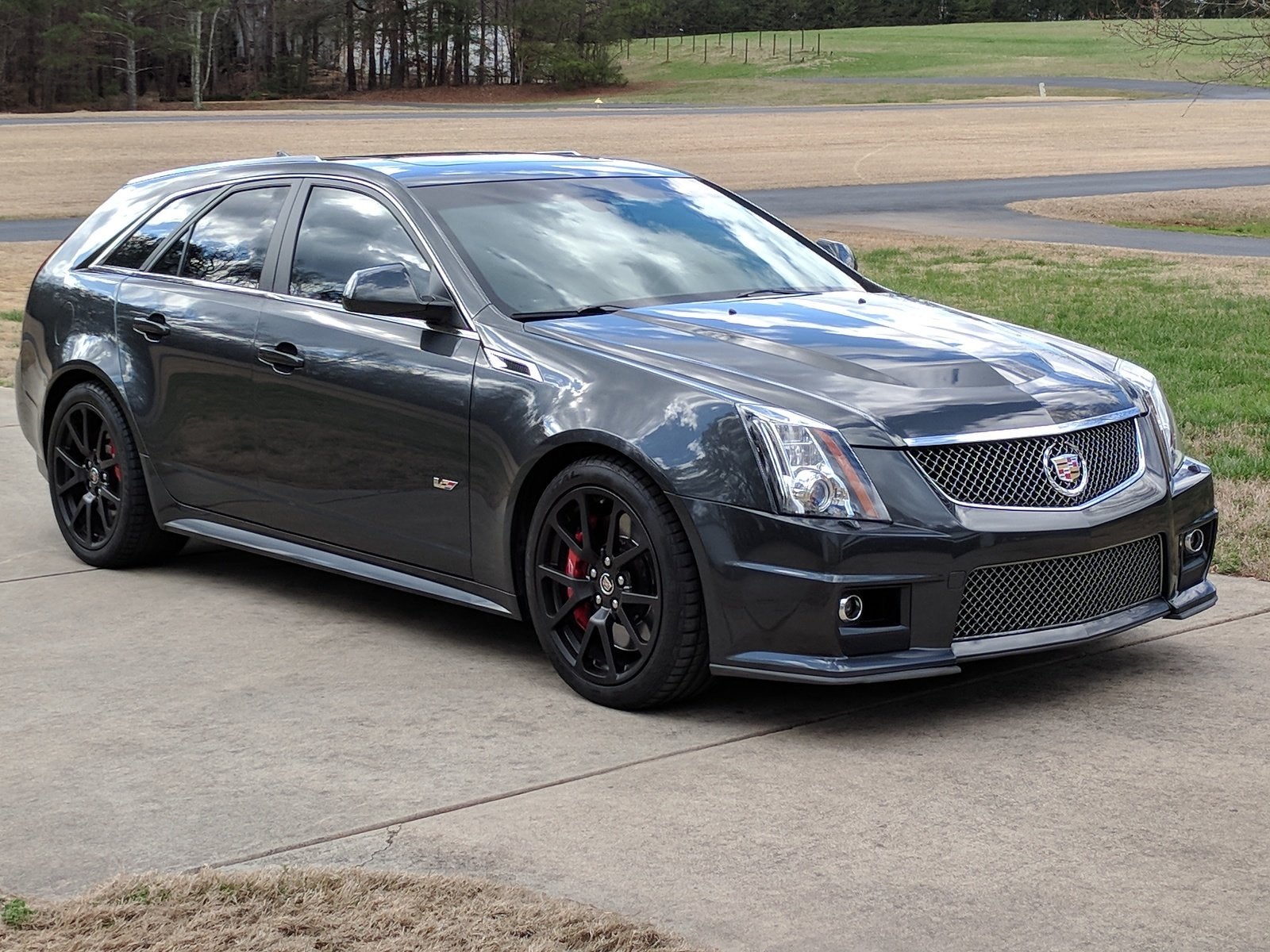The Acura RSX is actually the fourth-generation Acura Integra. Known in Japan as the Honda Integra, the redesigned sport compact car (you really can think of it as a sports car in a compact hatchback body style) got a new name to better align it with the rest of the Acura lineup. It arrived for the 2002 model year in three-door fastback form and the car didn’t change much during its five-year run in the U.S. market.
Using a familiar recipe, the RSX featured a high-revving four-cylinder engine equipped with Variable Valve Timing and Lift Electronic Control, or VTEC. That elegant dual-camshaft profile engineeering solution allowed Acura to improve power and fuel economy while reducing emissions, but it also gave the RSX a split personality. To access maximum performance, drivers had to rev the engine hard enough to activate the second camshaft profile, so RSXs owned by enthusiast drivers saw plenty of high-rpm engine operation.
Unsurprisingly, given how the car was frequently driven, common problems across all model years are mainly related to the drivetrain. In particular, owners have experienced issues with the RSX’s manual transmission, but other issues ranging from leaking oil pressure sensors to engine failure following an unusual knocking sound mar this car’s otherwise impressive reliability history.
The RSX is small inside, offering room for four people. The rear liftgate opens to reveal a roomy 17.8 cubic-foot trunk, and with the back seats folded down this sporty Acura provides plenty of utility. When it was new, the RSX offered good fuel economy, ranging from 23 mpg to 26 mpg in combined driving. However, by modern standards, it doesn’t impress. Also, the most powerful model requires premium gas.
Buying a used Acura RSX that hasn’t been modified or abused gets harder every year. Versions with an automatic transmission are likely a better bet, and if you can find a low-mileage example that’s been lovingly cared for with plenty of proper, documented maintenance, it could provide years of faithful service despite its age.
Acura RSX Buying Guide: Cost, Reliability, and the Best Years to Buy
Frequently Asked Questions
Which Acura RSX years are the best?
We rate the 2005 and 2006 Acura RSX models. All versions of this Japanese car had a retuned suspension for improved handling, and the racy RSX Type-S got a small power increase to 210 horsepower and 143 pound-feet of torque (201/140 in 2006). However, what’s important when buying a used Acura RSX is inspecting it for evidence of abuse and unprofessionally installed aftermarket modifications. Avoiding those cars is more important than picking one from the last two years of production.
What are the worst Acura RSX years?
According to several sources, enough RSX owners have complained about engine and manual transmission problems across all model years that we must mention them. Reported engine failures typically followed knocking from under the hood, and the manual gearboxes can grind and pop out of gear. Since this car has a VTEC engine that makes all of its power at high revs, abuse and indifferent maintenance at the hands of previous drivers could shorten the powertrain’s life. Review the owner’s maintenance records when buying one, and make sure a mechanic inspects the vehicle for hidden problems.
Is a used Acura RSX a good deal?
It certainly can be. Like most Acura and Honda models, the RSX is a generally reliable vehicle. However, you’ll want one that is factory stock and free of modifications, with maintenance records and no evidence of powertrain abuse. Since this model has been a favorite of driving enthusiasts on a budget, finding a clean, well-maintained example that hasn’t been thrashed could prove challenging.
Pros and Cons
Pros
- Fun to drive
- Sporty looks
- Plenty of utility
Cons
- Engine lacks torque
- Reported manual transmission issues
- Hard to find clean, unmodified, well cared for examples
Acura RSX Generations
First Generation (2002-2006)
Designed and engineered for driving enthusiasts, the 2002 Acura RSX replaced the Integra in the automaker’s lineup. In its first year of availability, the RSX landed on the Car and Driver “10 Best” list and earned a “10 Best Engines” award from Ward’s Automotive.
More powerful and refined than the Integra, Acura’s entry-level sports coupe comes in RSX and RSX Type-S specification, each equipped with a 2.0-liter four-cylinder VTEC engine. In the RSX, the engine makes 160 horsepower at 6,500 rpm and 141 lb-ft of torque at 4,000 rpm. A 5-speed manual transmission powers the front wheels, with a 5-speed automatic available as an upgrade (or downgrade, depending on your perspective).
For more power and performance, the RSX Type-S cranks out 200 hp at a lofty 7,400 rpm. Torque output remains nearly the same at 142 lb-ft, but to access it you’ve gotta rev the engine to 6,000 rpm. In addition, you need to know how to drive a stick, because the Acura RSX Type-S comes only with a 6-speed manual gearbox.
Acura fitted the front-wheel-drive (FWD) RSX with a front MacPherson strut and rear double-wishbone suspension. The Type-S has firmer suspension settings and larger front brake discs than the standard RSX.
In keeping with its role as an entry-luxury model, the RSX has interior materials and standard features that are a cut above what you’d find in a similarly sized Honda Civic. Keyless entry, automatic climate control, and a power sunroof were standard on the RSX, which also provided a CD player paired with a six-speaker sound system.
Cloth and simulated suede upholstery was also standard on the RSX, with perforated leather an option. The Type-S included the leather seats, a six-CD changer, and a Bose premium audio system.
Acura says it engineered the RSX’s underlying structure with crumple zones designed to absorb and dissipate energy from a collision before it can reach the car’s occupant compartment. In addition, every RSX also has stability control, dual front airbags, and side-impact airbags. According to crash tests, the National Highway Traffic Safety Administration (NHTSA) gave the Acura RSX high marks for safety when it was new.

Over the years, Acura made few changes to the RSX. In 2003, the automaker added a new performance package as a dealer-installed upgrade. The Acura Factory Performance Package added larger 17-inch alloy wheels, a sport suspension, and a body kit. In 2004, Acura renamed it the A-Spec package.
The 2005 Acura RSX got a freshening that included revised styling, fresh interior trim, and new seats. Suspension modifications improved the handling for all models, while the Type-S received a bump in power to 210 hp and 143 lb-ft. Acura also improved the Type-S model’s braking system.
The next year, new engine power measurement standards from the Society of Automotive Engineers (SAE) reduced the RSX’s official horsepower and torque ratings. They sagged to 155 hp and 139 lb-ft for the RSX and 201 hp and 140 lb-ft for the Type-S. However, this impacted nearly all vehicles at about the same time.
Acura discontinued the RSX after the 2006 model year, ending a run that began with the ground-breaking 1986 Integra. Still, if you cast a wide net, you can find clean examples with less than 100,000 miles on the odometer. Due to the car’s cult-classic status, a used Acura RSX worth buying isn’t cheap. Depending on the year and model, expect to pay between $10,000 and $17,500 for one in great condition, with Type-S versions selling for more.




